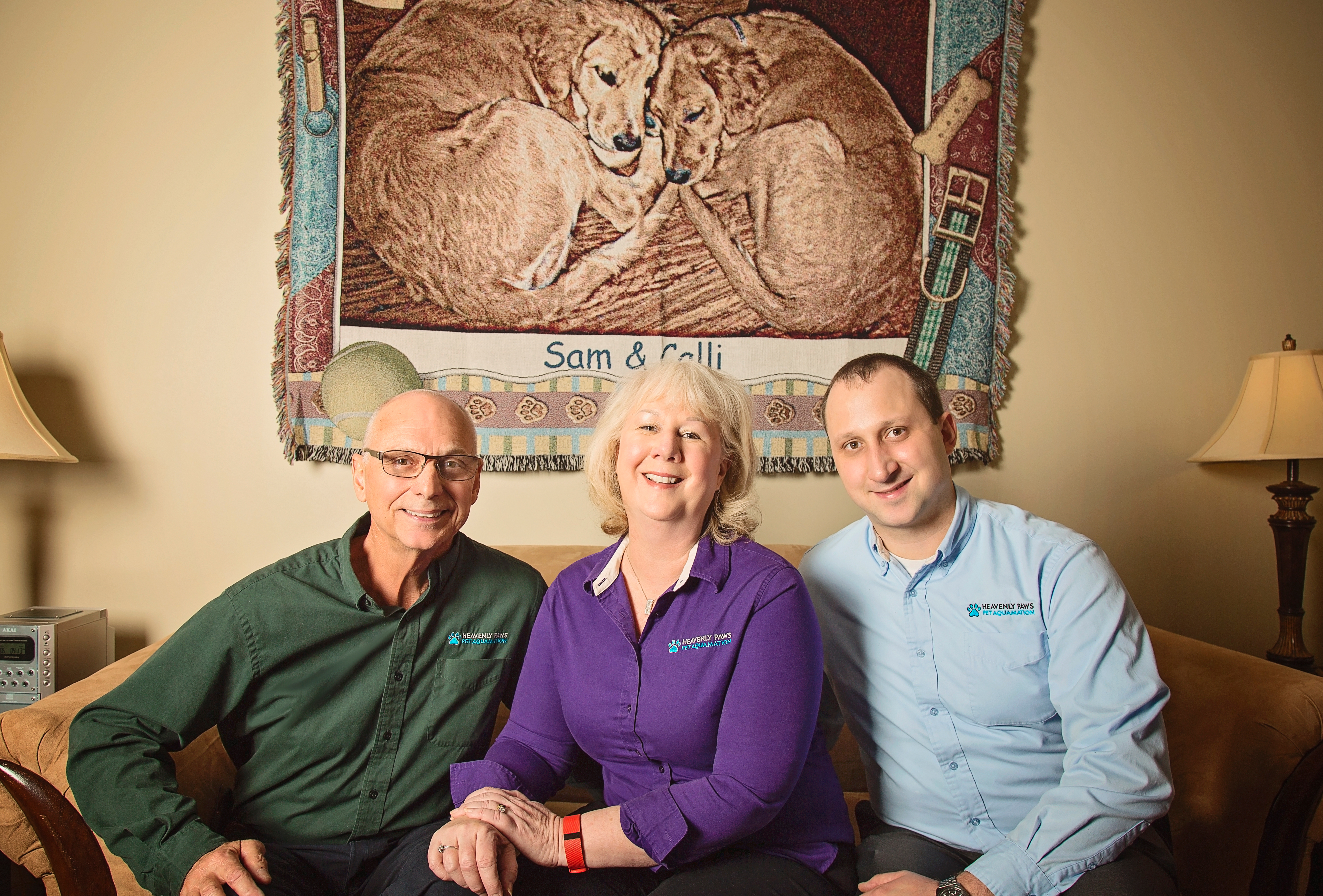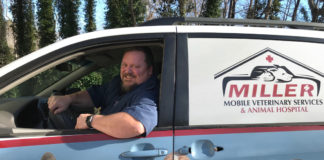Aquamation is the gentle and eco-friendly alternative to conventional pet cremation.
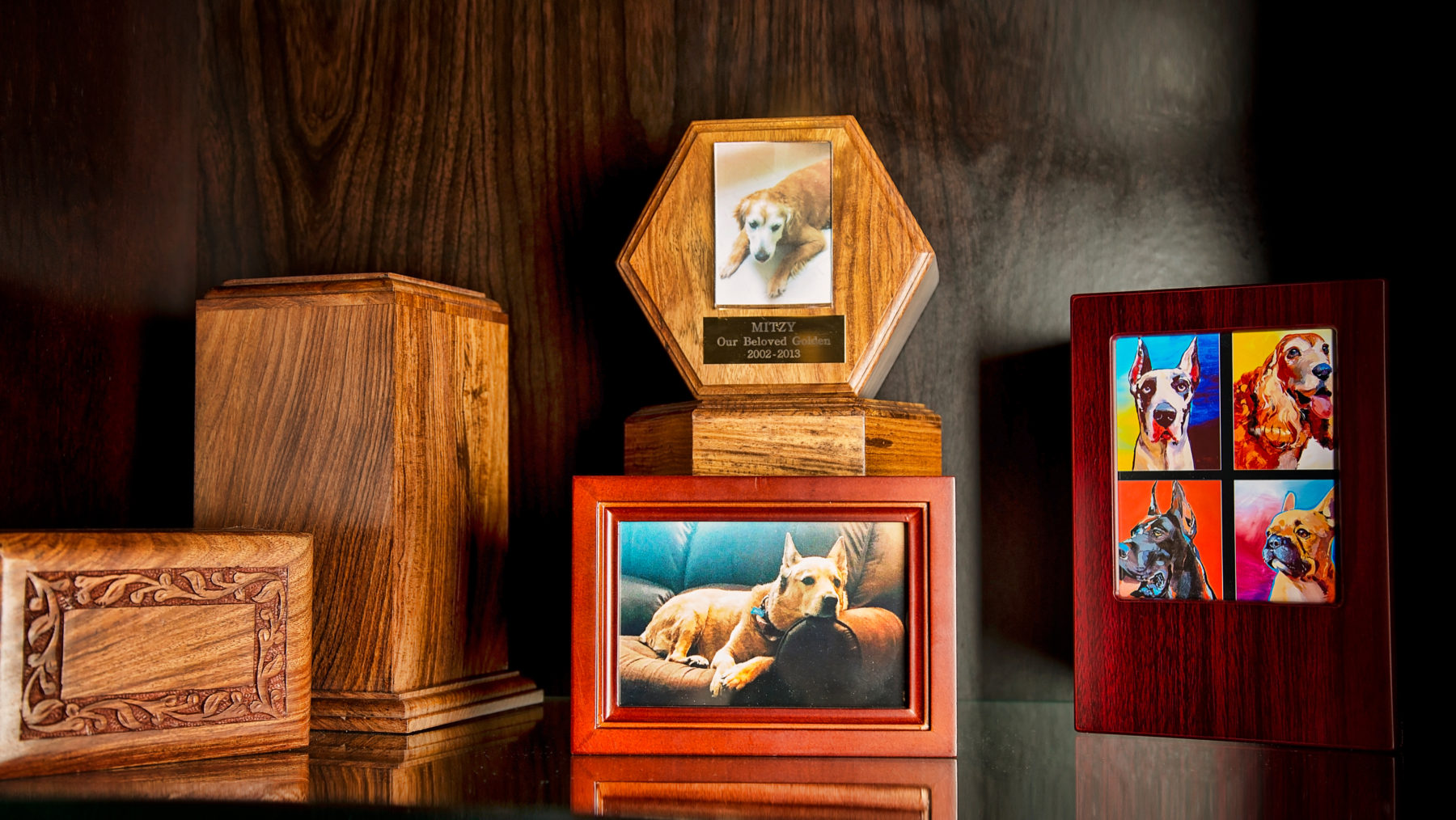
How does it work?
Aquamation uses a mixture of water and alkali gently flowing over the pet’s body to reduce the body to the same mineral ash one would receive from flame-based cremation. The alkali used in Aquamation can be found in a number of common household items, foods and medicines.

What is the history of Aquamation?
Aquamation is the pet-related trade name of a process called alkaline hydrolysis. The process of alkaline hydrolysis has been used commercially since 1888 in agricultural and pharmaceutical arenas as a method of body disposition and sterilization of harmful pathogens.
The process gained popularity within agricultural arenas in the early 1990s as the only body disposal method safe for destroying bovine spongiform encephalopathy (mad cow disease). It is now transitioning into a mainstream form of body disposition used for both humans and pets around the world.
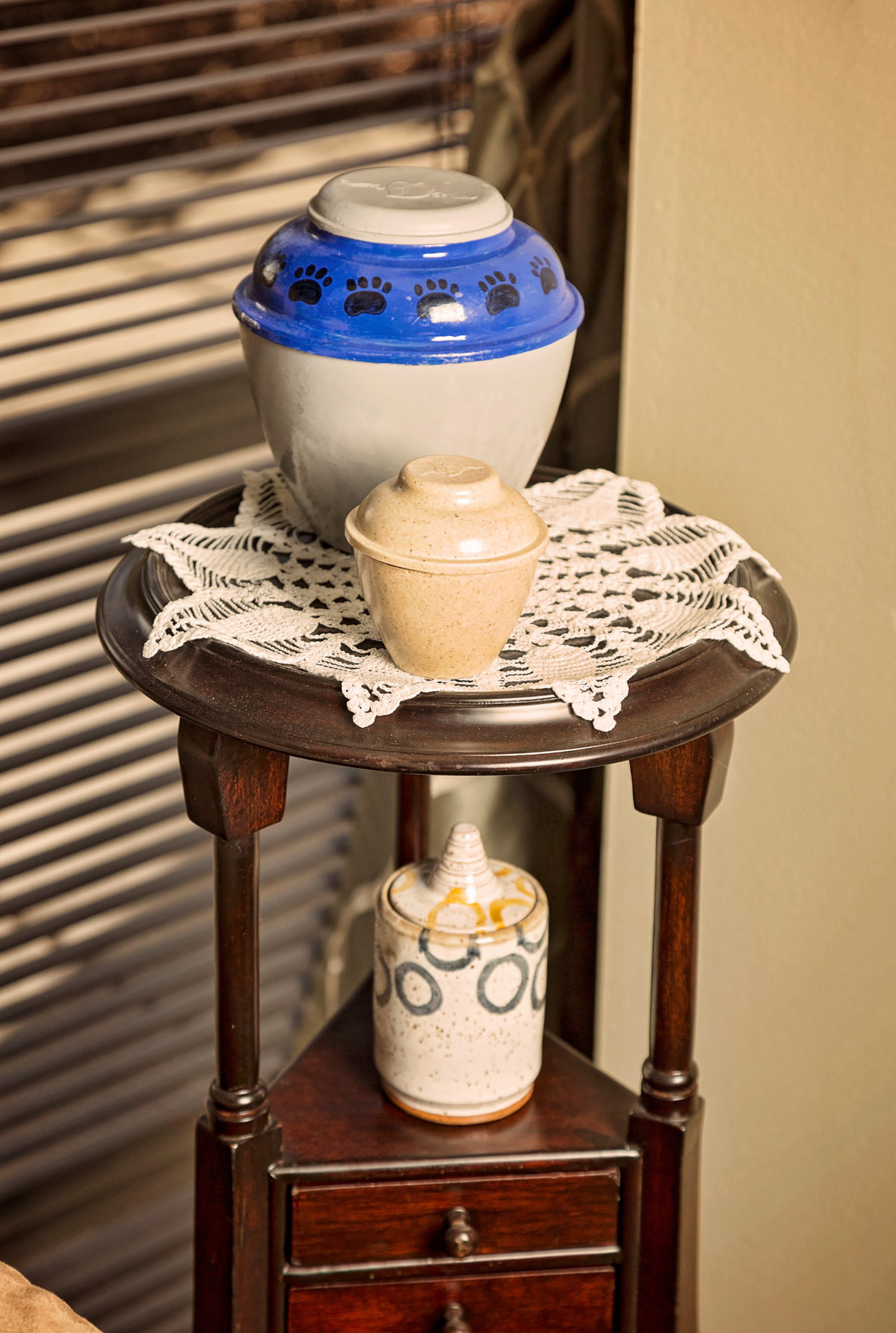
Why is Aquamation better?
Aquamation mimics nature’s course of natural decomposition, making it a more gentle form of body disposition. The process simply breaks the body into the basic building blocks of life: amino acids, peptides and sugars that are a natural fertilizer.
Aquamation reduces energy use by over 95 percent. It utilizes temperatures of approximately 180-200 degrees Fahrenheit, as opposed to 1600-2000 degrees for standard cremation. There is no combustion of fossil fuels and therefore no toxic greenhouse gas emissions.
It is a completely sterile process: any diseases or potentially dangerous medications such as those used in chemotherapy are neutralized. Any surgically implanted plates or prosthetics are retrieved in like-new condition, whereas in cremation their integrity is compromised, rendering them useless. The pet owner receives as much as 20 percent more ash compared to conventional cremation.

What about cost?
With afterlife care from $40, Aquamation is priced competitively with conventional cremation services.
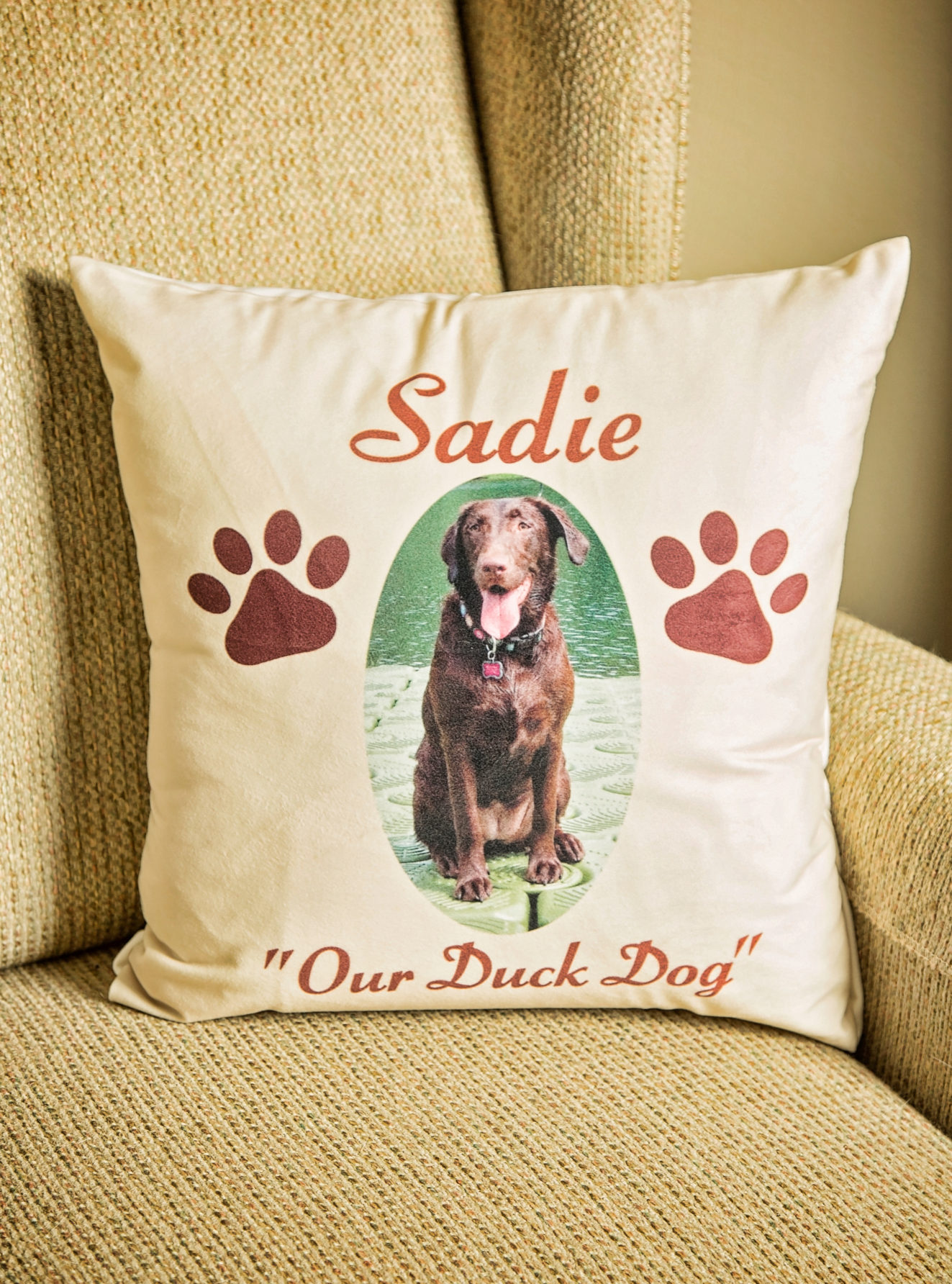
Why haven’t I heard of Aquamation?
Aquamation is well-established technology that has only recently been adapted for use by the public. Heavenly Paws is one of the first in the country, and the first in Georgia, to offer the process to the public. However, it has been used privately for decades at facilities and organizations like the Mayo Research Clinic, the University of Georgia, UCLA, Texas A&M, Duke University, and the U.S. government.

Who is Heavenly Paws Pet Aquamation?
Founded by the Stewart family in honor of their beloved pet companion Mitzy, Heavenly Paws opened its doors to the public in November 2015.
Mitzy was the best dog and golden retriever any family could hope for, and after her sudden loss the Stewarts began researching what actually happens during the pet cremation process. They learned that conventional fire cremation generates large contributions to greenhouse gases and gross energy inefficiencies, releases toxins into the atmosphere, and pervasively relies on outdated technology, including crematory ovens that sit outside in the dirt. Moreover, they learned that new fire crematories have been banned in many countries around the world, and even in cities here in Georgia, due to their pollution and potential harm to community health.
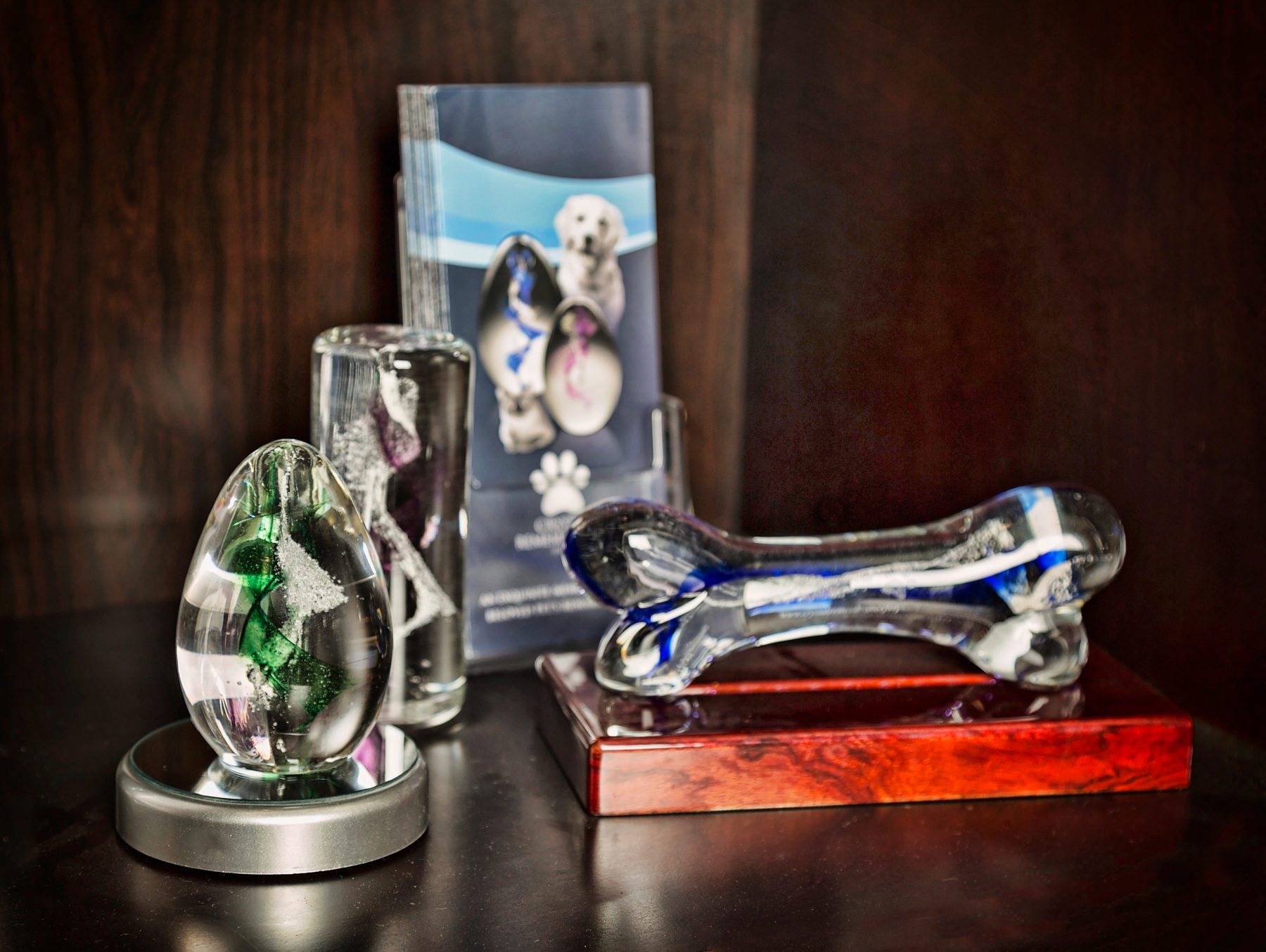
What does this mean for the pet owner?
The loss of a pet is the sad inevitability of pet companionship. Whether the pet parent is experiencing the loss at home or at their veterinary clinic, it is important for them to be aware of their vet’s afterlife care facility’s reputation and reviews, expect to have price transparency and know their options. While every vet has an afterlife care partner, the decision about a provider belongs to the pet parent. Heavenly Paws is always available to discuss the different options and help guide pet owners to the service that best suits their needs.
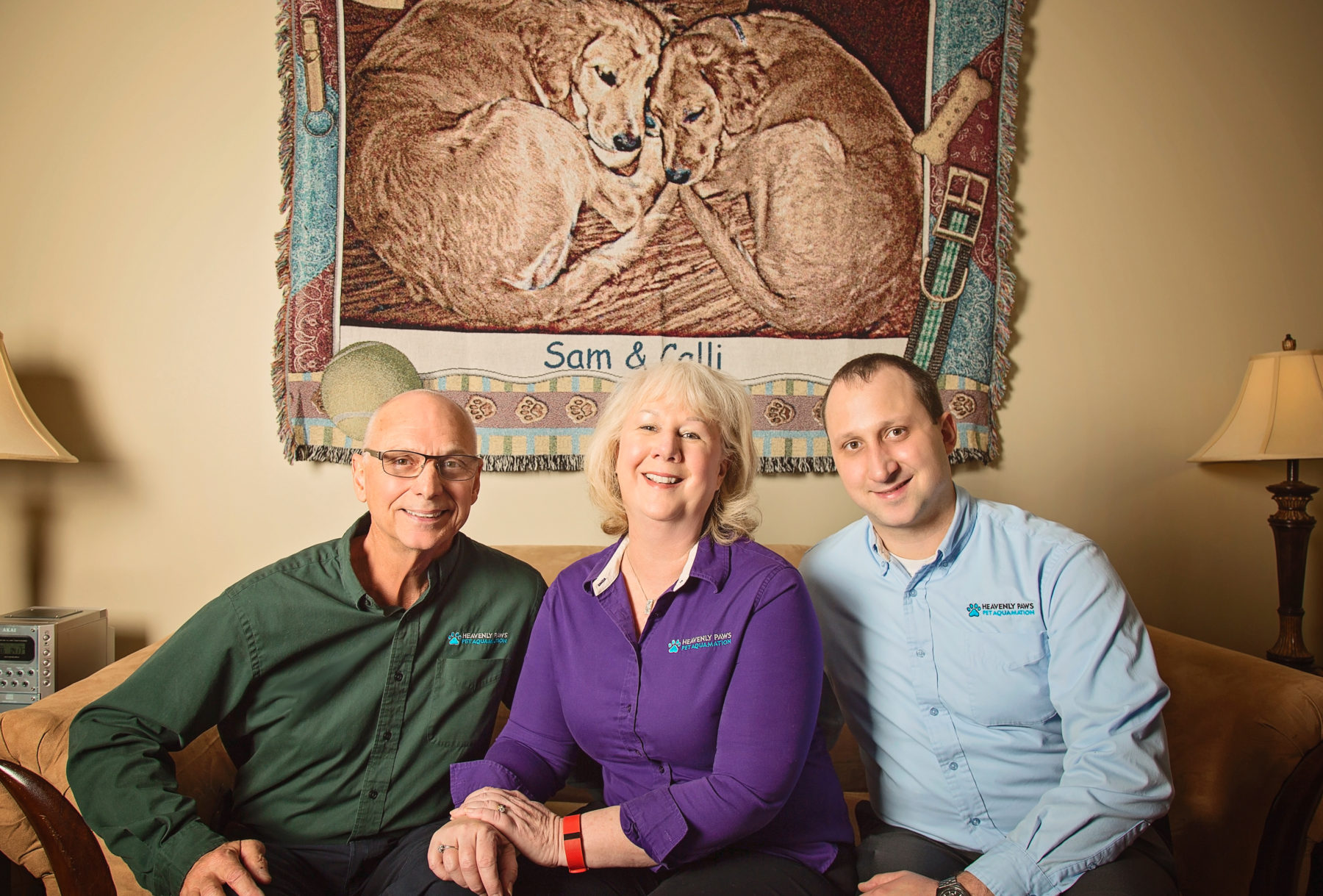
When the Stewarts discovered Aquamation, they found their calling. Representing an opportunity to serve the community they have called home for over 45 years, Aquamation resides at the intersection of the Stewarts’ desire to serve their community and their love of animals and our earth.

